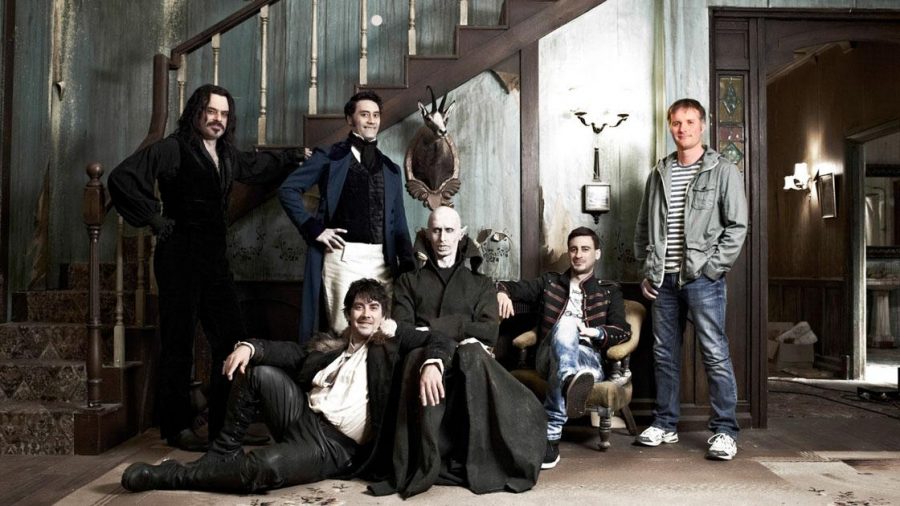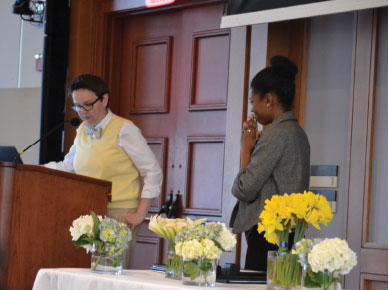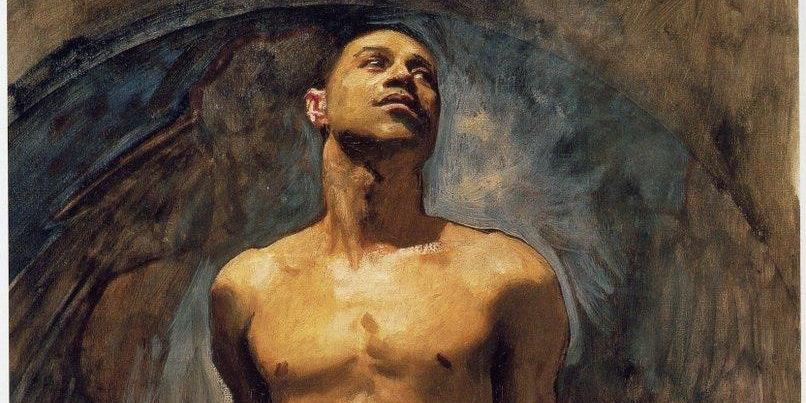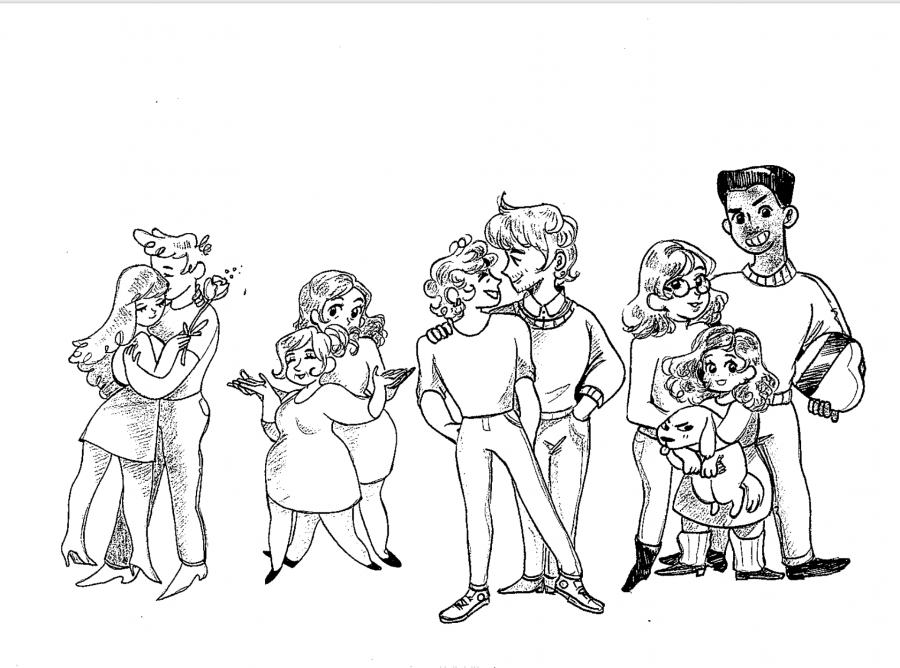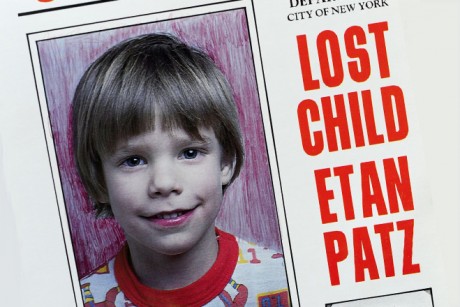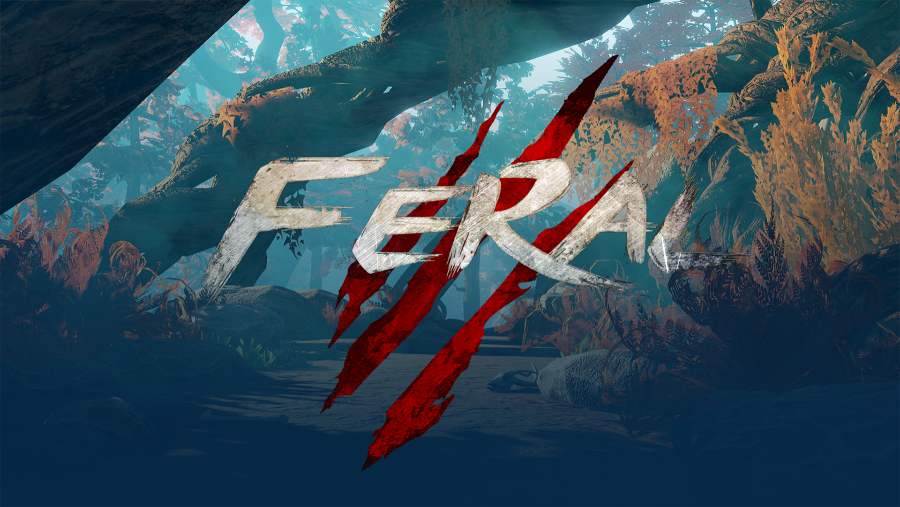By Lisa Nault
Contributing Writer
In the midst of World War II, a Japanese man by the name of Jiro Horikoshi made his dream come true.
From the legendary director Hayao Miyazaki, “Spirited Away,” comes his last film “The Wind Rises” (2013).
Rumors spreading about the 73-year-old director entering retirement after this film have recently been confirmed. People of all ages have celebrated Miyazaki’s incredible animation over the past few years starting with his first major film hit in 1984 with “Nausicaa of the Valley of the Wind.”
His love of nature and dislike of technology has given audiences the pure delight of watching his hand-drawn films come to life. It is unfortunate that he will not be creating incredible worlds through his direction, but he did end on a good note.
The film begins with Jiro Horikoshi as a boy, dreaming about flying and creating planes. He is near-sighted, so he understands he will not be able to fly a plane, but that does not stop him from chasing his goals of being an aeronautical designer.
To start with the obvious, the film’s animation is breathtaking. The film’s trailer did not have any dialogue from the film in it because people could simply see the inspiring visuals and want to watch it. Miyazaki has a unique and beautiful style that captivates its audience.
When Jiro daydreams in the film, the transition from reality to his dream world is so seamless at first it may take a second to realize he is now dreaming. The film uses his day dreams to create the illusion of his dreams actually being reality.
The way his body and environment react to his dreams make reality and fantasy appear as one. The two worlds are so entwined it is difficult to separate the two, which is exactly what the film wanted. Jiro’s dreams are his reality. What he daydreams about is what he replicates in the real world.
“The Wind Rises” is different from other Miyazaki films. It seems simple and is very subtle. The story is simply a man designing planes that are used during World War II.
The film’s plot barely touches upon the war because that is not it’s focus. If you want to see a war film, this is not the movie you are looking for. There are glimpses of planes burning, fire blowing in the wind, and ash covered skies, but that is it. Those images are usually paired with Jiro’s subconscious thoughts of what he knows will happen to his beloved planes.
The only other war-related moments in the film are when Jiro goes on an assignment from work to look at German planes. That is all, and that is the perfect amount.
The film is about one man who just happens to be in this time period. The film even states that Jiro understands that he is building planes for war but he does not care. He even says that he is not building planes for battle, he is just trying to make something beautiful.
The reason the war is taking a backseat in the plot is that it is not impactful to the character. He cares that his planes will be destroyed and people are dying, but that does not dissuade him from achieving his goals.
Sound effects are used in a very interesting manner throughout the film. At one point in the film, a huge earthquake hits. Houses are being destroyed, the ground is moving, people are running, and fires are blazing.
The sound effect is a mechanic grunting noise. During a natural disaster there is a mechanic noise. Other natural scenes in the film have the same mechanical grunting noise in the background.
This could relate to Jiro’s dreams of planes being incorporated in reality. It could also imply that nature is a machine. Nature consists of parts that all move as one to accomplish something.
If one little part changes it results in disaster, just like a plane that has one broken part resulting in it crashing. Just like nature, Jiro must learn to make even the small components function correctly in order to have his plane fly.
Jiro lives his life pursuing his dreams, he meets a girl, and his planes fly. However, even though his dream came true he might have missed out on something.
The girl he meets and later marries is sickly and ends up leaving, suggesting her death, at the moment Jiro’s plane testing is successful. He is unable to celebrate what he has been working all his life up to. He does not even watch his plane land because he senses her departure.
He works so hard he does not get to spend much time with his wife during her last few weeks of life. At the end when he is asked if he succeeded in what he wanted, Jiro says yes, but the ending was not what he expected.
None of his planes that he worked so hard for, come back from the war. His wife dies without him by her side. He has nothing more to contribute to the world of aeronautical design.
The film is about having big dreams and striving to accomplish them. If that’s the case, why is the ending so sad? Well, the wind rises; we must try to live.
That quote from a Paul Valéry poem is a constant motif in the film, even at the end. Life is full of unexpected things; the wind rises and we cannot predict it. But we must try to live on.
Jiro’s wife tells him in his last dream of the film that he must live on. Like everyone else, he must learn how to deal with what life brings his way. His dream comes true but at a cost. Jiro understands that even though his dream does not end the way he expects, he is going to live on. Live with his memories of his wife, his friends, and his career.
Nature is a machine that keeps going even if there are a few bumps in the road. Just like nature, life and dreams will sometimes take unexpected turns but all you have to do is keep living and moving forward, a fitting farewell from the direction of Hayao Miyazaki.








